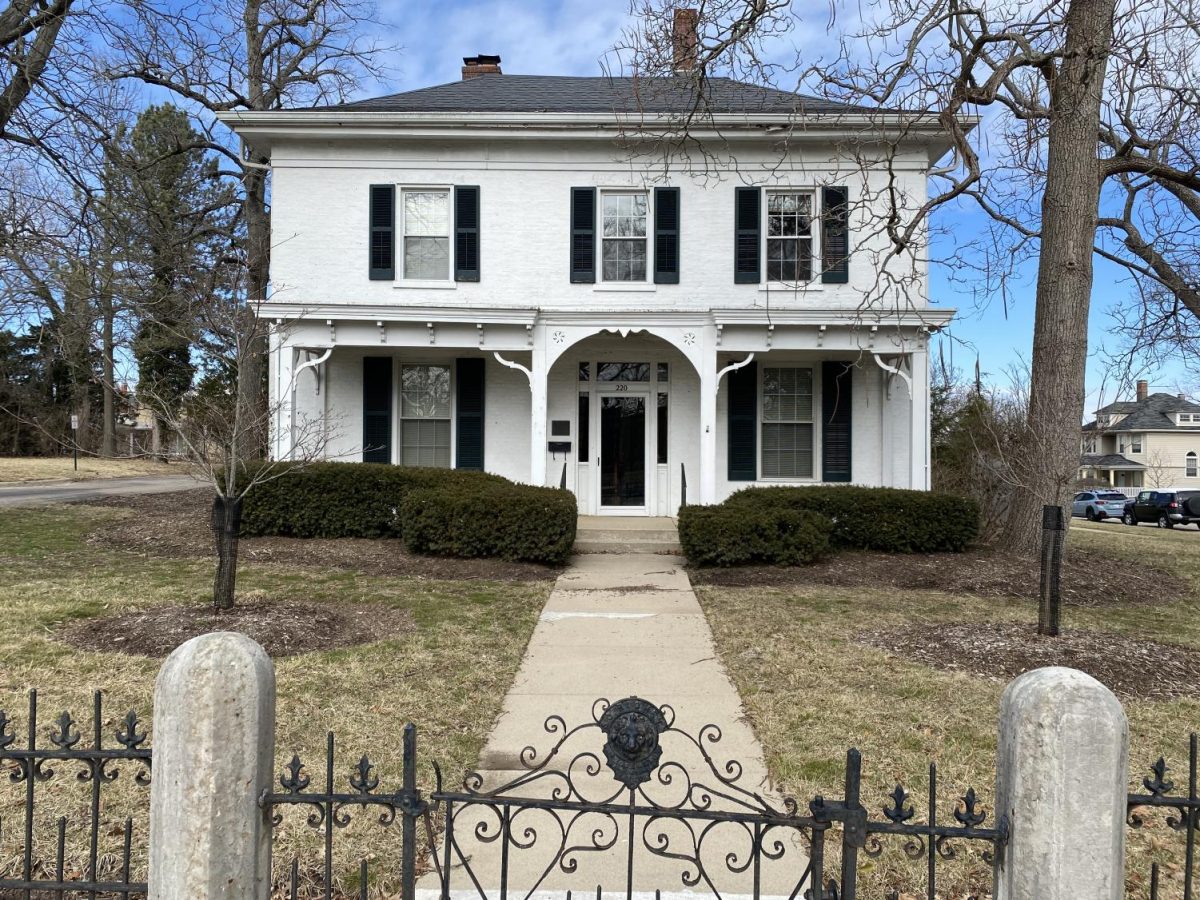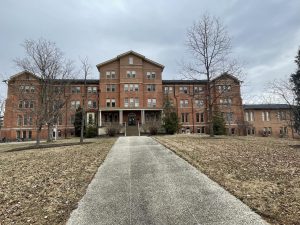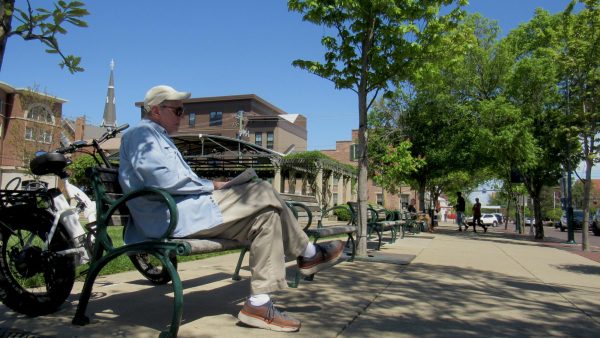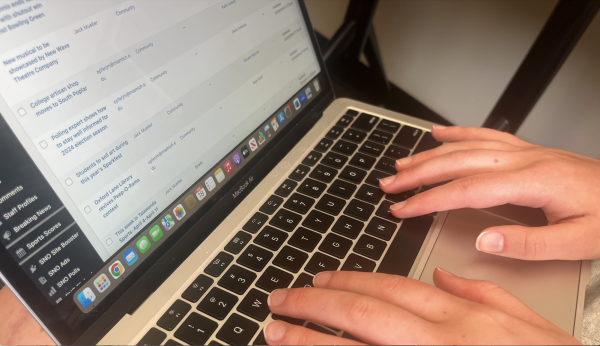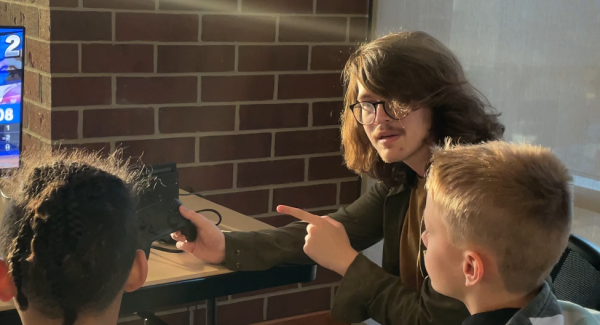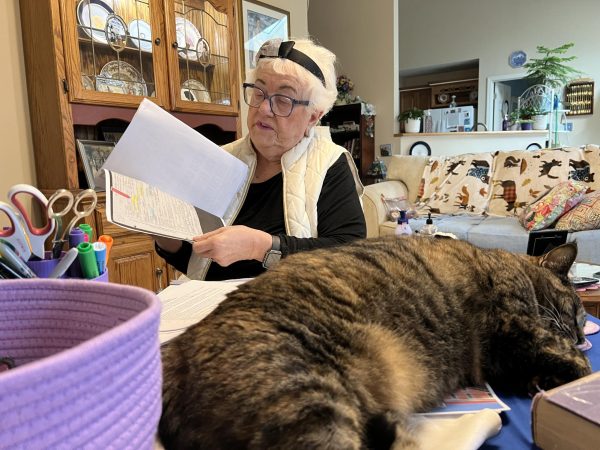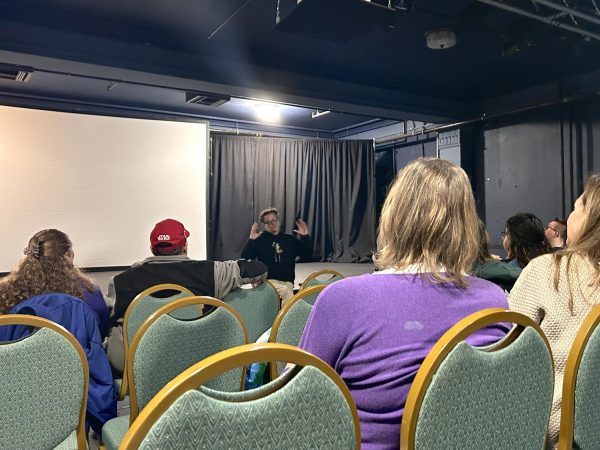The Oxford house that was once home to Confederate spies
April 15, 2022
While Ohio was firmly on the side of the Union during the Civil War, a house that was once home to a Confederate spy sits in Uptown Oxford. This house, at 220 E. High St., is now known as the Lottie Moon House.
Cynthia Charlotte “Lottie” Moon was born in Danville, Virginia with Confederate sympathies. According to “Women in the Civil War: extraordinary stories of soldiers, spies, nurses, doctors, crusaders, and others,” by Larry G. Eggleston, Moon began her espionage career as a Confederate message courier before becoming a full blown spy. She did this while at her home in Oxford.
According to one story, Lottie was in Washington D.C., in 1862, pretending to be an English noblewoman intent on getting to a health spa in Virginia, but blocked by the opposing Union and Confederate armies. She had become acquainted with Secretary of War Edwin Stanton, who invited her to accompany him and the president into Virginia on an inspection of the front lines. Stanton said he would then give her a pass allowing her through the battlelines to get to her destination.
Riding in a carriage with Stanton and Lincoln, she pretended to fall asleep and eavesdropped as Lincoln and Stanton discussed war plans, so the story goes. A $10,000 reward was placed on Lottie’s head for her capture. She was eventually arrested by Union General Ambrose Burnside, who was Lottie’s ex-fiancé.
The Moon family had moved into their home in the 1840s, according to the book. At this time, the structure was little more than a wooden frame. Cynthia and Robert Moon raised several children including Lottie. The Moon family had previously lived in Virginia and were sympathetic to the Confederate cause.
The house in Oxford later became the residence of Miami University President John Hall and his wife Catherine. He and his family lived there until his departure from the university. By this time, brick renovations and Italianate features had been added to the structure. The house changed hands briefly to university professor Milo Sawyer, who resided there for two years. He then sold the house to Miami treasurer Sutton Richey in 1873.
Richey and his descendants owned and lived in the house for the next 115 years, according to Eggleston’s book. The Richey family is responsible for the addition of the metal gate guarded embossed with a small lion head in the front. In 1988, Sheffield Clay Richey donated the house to Miami. Miami recognized the house as historical property. Faculty members now reside in the house.
The house has been renovated throughout its life, blurring the line between the original simple wooden structure and its current grand state. It is now a piercing white house featuring an arch covering the main doorway. The basement has the oldest structures still in place. Nineteenth century wooden beams secure the house to its foundation.


